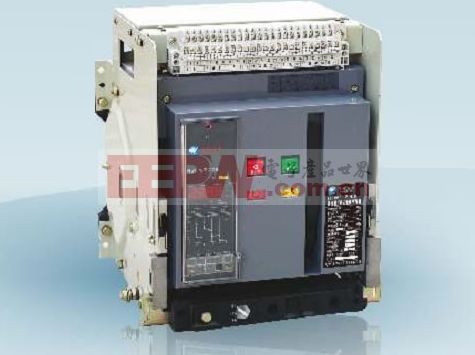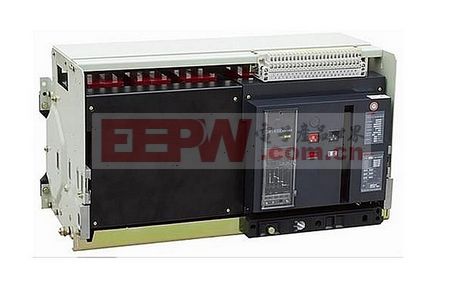Guide: Circuit breakers, also known as interrupters, are essential components in electrical systems designed for overcurrent protection. But what exactly do circuit breakers do? Let's explore together!
1. The Role of Circuit Breakers - Introduction
A circuit breaker is a switching device that can close, carry, and break the current under normal conditions, and also perform the same functions under abnormal conditions within a specified time. These devices are used to distribute electrical energy, start asynchronous motors infrequently, protect power lines and motors, and automatically cut off the circuit when severe overload, short-circuit, or under-voltage faults occur. Their function is similar to that of a fuse switch, often combined with thermal relays. One of the key advantages is that no parts need to be replaced after breaking a fault current. Today, circuit breakers are widely used in both high-voltage and low-voltage applications. While the distinction between high and low voltage is somewhat vague, generally, equipment rated at 3kV or higher is considered high-voltage.

2. The Role of Circuit Breakers - Structure
A typical circuit breaker consists of several key components, including the contact system, arc extinguishing system, operating mechanism, trip unit, and housing. When a short circuit occurs, the magnetic field generated by the large current overcomes the spring’s resistance, triggering the trip unit to activate the operating mechanism and open the circuit instantly. In cases of overload, the increased current causes more heat, which deforms the bimetallic strip enough to push the mechanism. Modern electronic circuit breakers use transformers to monitor phase currents, compare them to set values, and send signals to the microprocessor if an abnormality is detected, which then triggers the electronic trip unit to actuate the mechanism.

3. The Role of Circuit Breakers - Common Issues
Circuit breakers are commonly used in systems with frequent load interruptions, such as large motor circuits and transformer substations. They can interrupt fault currents and work with relay protection systems to safeguard electrical equipment and wiring. In low-voltage lighting applications, they play a critical role in automatically cutting off the circuit during overloads or short circuits. However, there are limitations—especially when it comes to lower-end loads, where their protective capabilities may not be sufficient. Additionally, some circuit breakers come with isolation features, combining the functionality of a standard circuit breaker and an isolating switch. While isolating switches cannot be operated under load, circuit breakers offer additional protections like short-circuit, overload, and under-voltage protection.

Expand reading:
Detailed explanation of the working principle of circuit breaker
Disassemble 125A circuit breaker
Basic knowledge of circuit breaker control loop
Transformer
best live webcam,4k pc camera,web cam 4k
Guangdong ZhiPing Touch Technology Co., Ltd. , https://www.zhipingtouch.com
